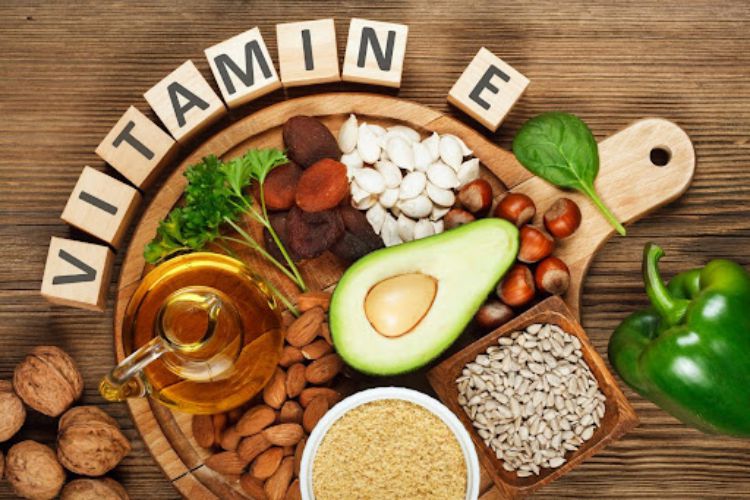 You probably already know that vitamin E is essential to your health. But are you aware of vitamin E’s many roles in your body?
You probably already know that vitamin E is essential to your health. But are you aware of vitamin E’s many roles in your body?
Vitamin E supports your vision, heart health, and brain function, to name just a few benefits. In addition, it has the properties of an antioxidant. Vitamin E protects your body from free radicals that can damage healthy cells.
Vitamin E is available as a supplement, but it is more powerful directly from food.
You know you should be getting daily vitamin E, but do you know good food sources of vitamin E to make this a reality?
A healthy diet includes foods rich in vitamin E. Keep reading to find out about what to look for the next time you go to the supermarket.
Good Food Sources of Vitamin E
Vitamin E deficiency can cause a host of problems, including:
- muscle weakness
- nerve damage
- loss of motor control
- vision problems
- weakened immune system
In order to avoid these problems, try some of these foods rich in vitamin E.
Nuts/Seeds
Peanuts, almonds, and hazelnuts are all good sources of vitamin E. Sunflower and pumpkin seeds are also very good sources of vitamin E.
Vitamin E is very sensitive to heat. As soon as you roast nuts or seeds, the vitamin E content is reduced. If you can, eat these nuts and seeds raw to get the full benefit of the nutrient.
Many people love nut butter such as peanut butter, but be mindful of the fact that most nut butter is made with roasted nuts. To get the full effect of vitamin E, try to locate raw nut butter.
Oils
Many oils are full of vitamin E goodness, including wheat germ oil, sunflower oil, safflower oil, soybean oil, and grapeseed oil.
The benefits of grapeseed oil and all these other oils are that they are not only high in vitamin E but are also high in monosaturated fats. Monosaturated fats help reduce your LDL cholesterol level and lower your risk of heart and vascular disease.
There are many ways to use these oils. You can use them in your salad dressings, over your pasta, or when you bake or cook.
Fruits
Fruits high in vitamin E are mangos, avocados, red bell peppers, pumpkins, and kiwis. These fruits also contain other vitamins you need, such as vitamin A and vitamin C.
Although fruit can be enjoyed in a wide variety of ways, to get the full impact of the vitamins it’s best to eat these fruits whole.
Vegetables
Leafy vegetables such as collard greens, turnip greens, beet greens, and spinach have high levels of vitamin E. These veggies taste great in a salad or mixed in with an omelet.
In addition to the benefits of vitamin E, leafy green vegetables can also relieve stress, promote good bone health, and protect against cancer. Make sure to pick up these veggies when they are a beautiful green color. Once they are yellow and brown, you may notice a loss in flavor.
Fish
Fish has more vitamin E than either poultry or meat. Salmon and trout have healthy fat content. That fat content can aid in the absorption of vitamin E.
Fish is also high in protein, which, among other things, is good for your bones and lowers your blood pressure. It’s also, of course, pretty tasty.
Reap the Many Benefits of Vitamin E
A daily dose of vitamin E is vital for maintaining good health. Knowing the good food sources of vitamin E helps as you pull together your daily meals. Making your shopping list is a breeze once you’re informed about which items will offer the nutrients you need.
If you’ve found this guide helpful, be sure to browse our website for more articles about healthy living.




